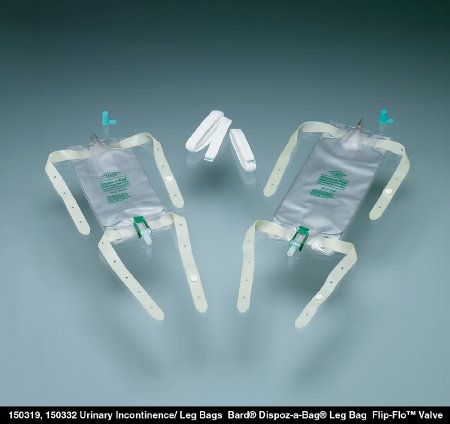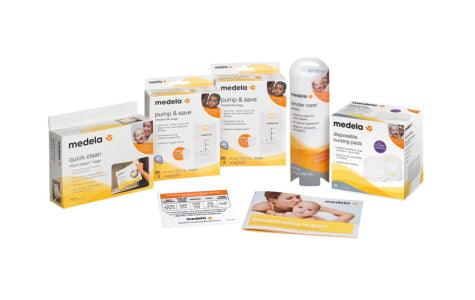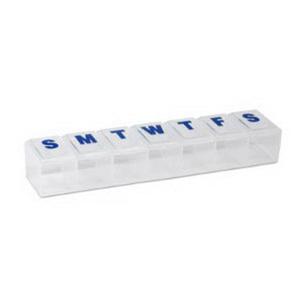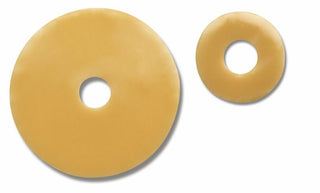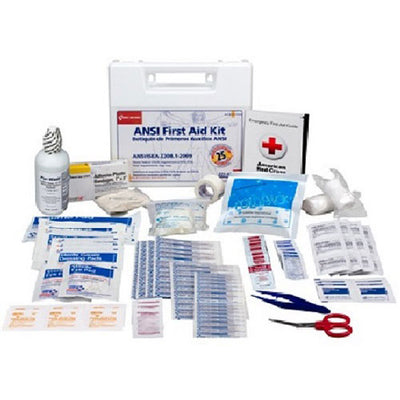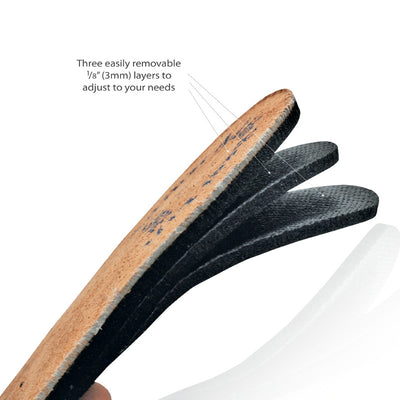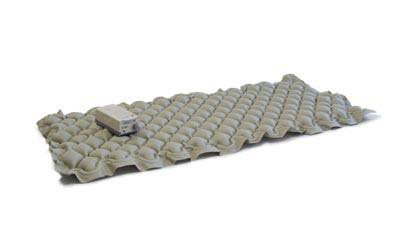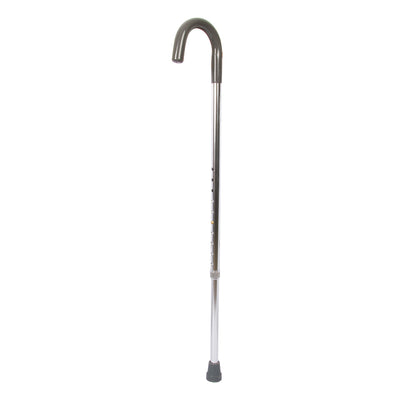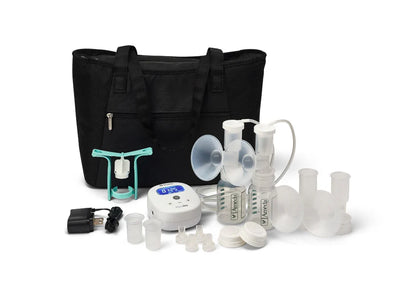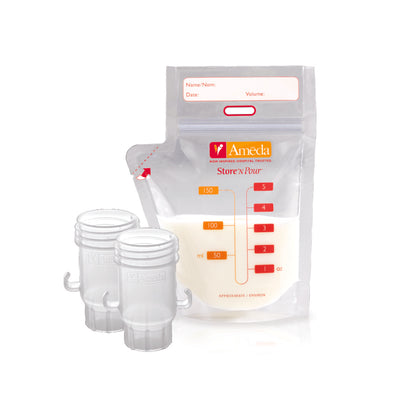If you're one of the growing numbers of people in the US suffering from diabetes, you will probably already know something about glucose. Diabetes now affects 34.2 million people in America. This includes 210,000 children and young people under the age of 20.
Glucose monitoring is a critical aspect of diabetes disease management. Technology is changing all the time to make testing systems more efficient and intuitive. This supports people to manage their own illness more proactively.
Read on to find out more about continuous glucose monitoring and how it can help people with diabetes to take control of their own health.
Why Is Glucose Monitoring Important?
If you are diabetic, then your body is not able to break down glucose into energy. This can be because your body does not produce enough insulin, or the insulin does not work properly. This results in fluctuating levels of glucose in the blood, which can be dangerous.
It's important for diabetics to test their glucose levels, also known as blood sugar levels, to ensure they remain within a safe range. Continuous Glucose Monitoring (CGM) also helps to track the effectiveness of various medications, diet and exercise. It can therefore help to formulate diabetes treatment plans.
What Is Continuous Glucose Monitoring?
Continuous glucose monitoring is a method which allows the tracking of blood glucose levels throughout the day and night. This helps to show trends. It also identifies the impact of diet, exercise, illness and any medications or supplements for managing diabetes care.
Previously, in order for diabetics to monitor their glucose throughout the day, they would have to perform multiple needle prick tests using a device such as the OneTouch UltraMini blood glucose monitoring system.
However, the development of continuous glucose monitoring devices has provided a less invasive method of monitoring glucose levels in real time over a 24 hour period. It also offers you additional information by tracking trends and keeping you updated with any changes so you and your doctor can stay well informed to make the best decisions for treatment.
How Does a Continuous Glucose Monitoring System Work?
Continuous glucose monitoring (CGM) devices function via a tiny sensor. This is inserted under the skin, usually on the arm or belly. It measures glucose readings in the interstitial fluid. These readings are transmitted wirelessly to a receiver, which collates and displays the data.
Many CGM devices are now compatible with smartphones or tablets. This new technology allows patients to take a much more hands-on approach in managing their own diabetes.
The devices can be set to sound an alarm if blood sugar levels reach a dangerously high or low level. It's important if this happens for users to follow their treatment plan to regulate their blood glucose levels or to seek immediate medical help.
Who Can Benefit from Continuous Glucose Monitoring?
CSM devices can be used for adults or children who suffer from type 1 diabetes. Research is currently ongoing as to whether this technology could provide benefits to sufferers of type 2 diabetes.
Taking Control of Your Diabetes
Glucose Monitoring is vital for ongoing management of diabetes. Ensuring that blood sugar levels are kept within safe ranges is critical to help people with diabetes to stay healthy and prevent complications.
Don't hesitate to contact us to find out more about how we can help you to manage your diabetes and take control of your condition.
What topics do you want us to cover in future content and videos?
Hello Community! Our team wants to do everything we can to help you with health-related products and services. Please let us know what particular topics, big or small you'd like to know more about and we will do our best to create content that meets your needs.








